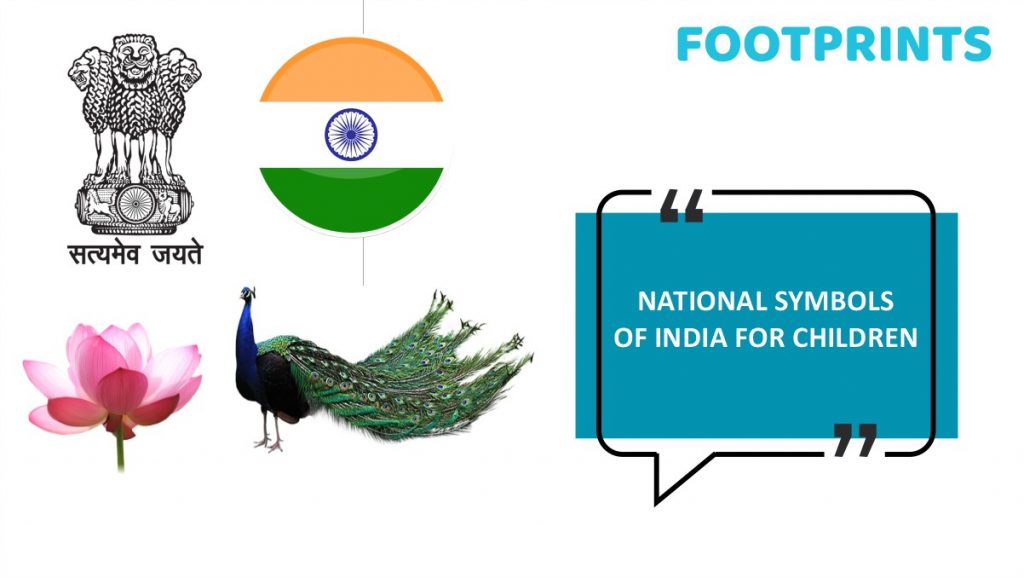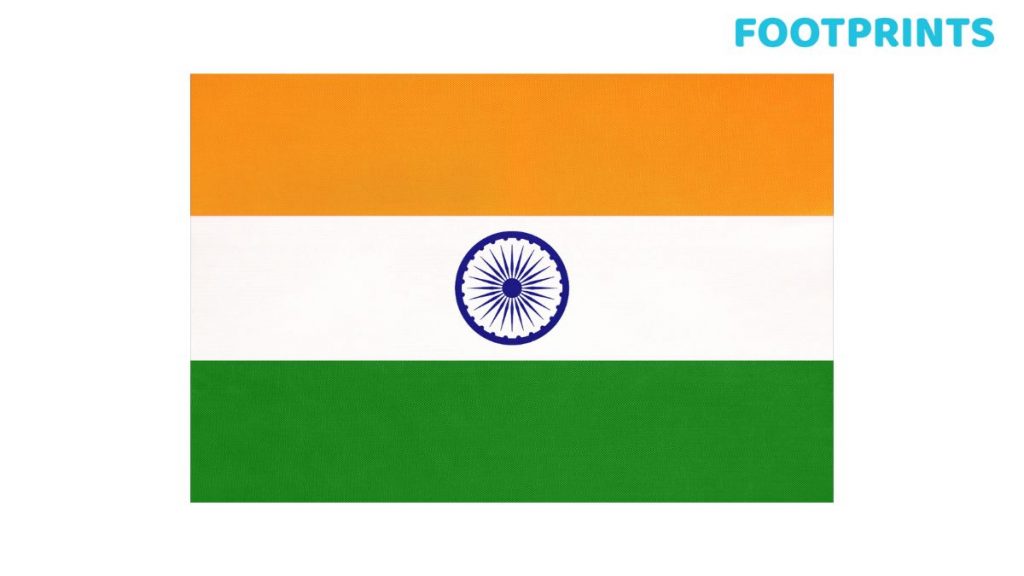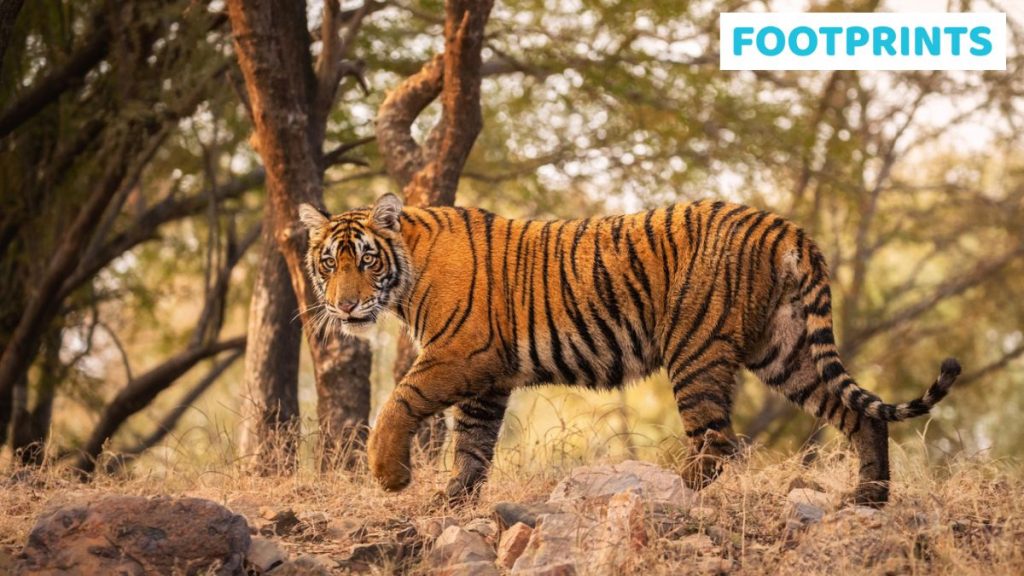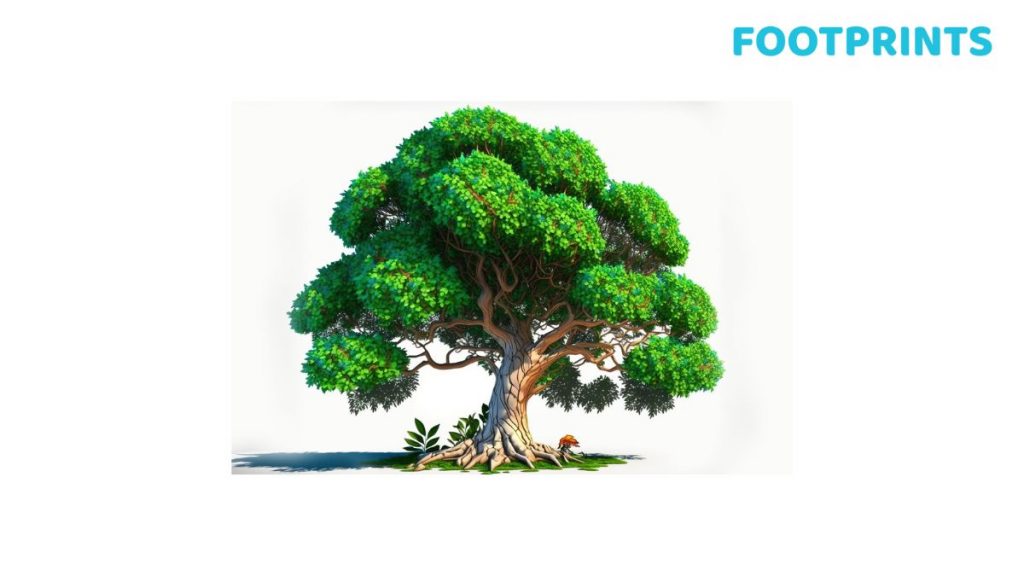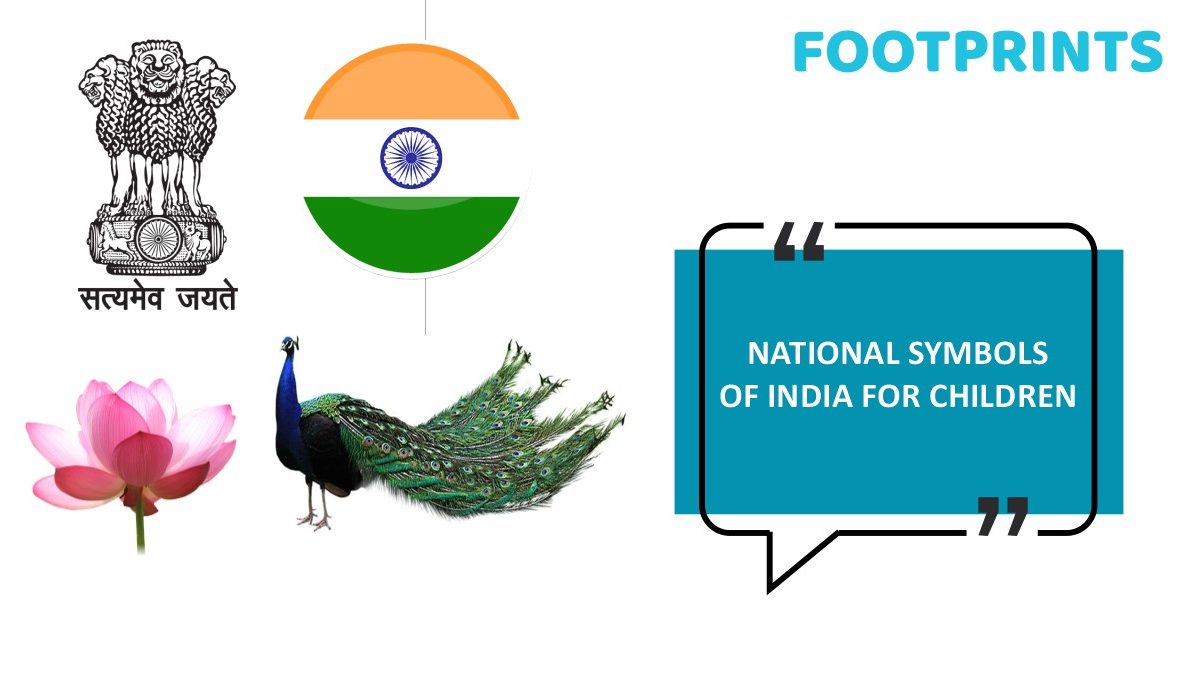
National symbols are the distinguishing factors of any country and represent the nation’s heritage and pride. India is a country known for its rich cultural heritage. Its diversity, whether in terms of people, food, traditions, languages, or customs, is complex. There is so much to take in that even if you were born in this prosperous country and spent your entire life here, and there is still so much you haven’t seen or experienced. While the West increasingly looks to us for our legacy and customs, the reality is that we do not give our own country and its rich culture the attention they deserve. In fact, it is critical that we begin early and introduce our children to our rich diversity. For starters, it would be a good idea to make our youngsters aware of India’s national symbols and the immense meaning each of them carries.
10 National Symbols of India
Let us begin by stating that there are 10 National Symbols of India that represent India in various domains. From Mango being the National Fruit to Peacock being the National Bird, all these symbols go a long way in representing the country’s rich heritage and evoking a sense of pride in the country and its distinct identity.
Let us look at some of these National symbols and understand what they stand for:
1. National Anthem
Let us begin with the National Anthem – “Jana Gana Mana” the sound of which fills us with so much pride and patriotism.
The song “Jana-Gana-Mana”, composed originally in Bangla by Rabindranath Tagore, was adopted in its Hindi version by the Constituent Assembly as the National Anthem of India on January 24, 1950. The anthem is a harmonious testament to India’s unity and diversity.
2. National Flag
All of us are familiar with our National Flag. Popularly known as Tiranga or the tricolor, it has three colours. Saffron represents courage and sacrifice, White that stands for peace and truth and Green that symbolizes prosperity. In the middle is the Ashoka Chakra which has 24 blue spokes and is a representation of progress. The design of the National Flag was adopted by the Constituent Assembly of India on 22 July 1947.
3. National Emblem
The emblem is an adaptation from the Sarnath Lion Capital of Ashoka. It was adopted as the national emblem on January 26, 1950. The sculpture draws from Buddha’s teachings and principles. It shows four Asiatic lions mounted back-to-back on a circular abacus. There’s also the Dharma Chakra (Wheel of Law), a bull, an elephant, and a horse. Below are the words “Satyamev Jayate” or Truth Alone Triumphs.
The national emblem is used as the official seal of the President of India and the central and state governments. It’s also printed on all Indian passports and other international documents.
4. National Song
The National Song of India is “Vande Mataram”. It was written by Bankim Chandra Chatterjee to inspire Indian citizens to fight for their freedom or independence. On January 24, 1950, our President, Dr. Rajendra Prasad announced in the Constituent Assembly that “the song Vande Mataram, which has played a historic part in the struggle for Indian freedom, shall be honored equally with Jana Gana Mana and shall have equal status with it.”
“Vande Mataram” is more than just a composition as it captures the essence of the Indian spirit.
5. National Animal
The magnificent tiger, or the Panthera Tigris is the national animal of India. Its grace, strength, agility, and power has earned the tiger its pride of place as the national animal of India.
6. National Bird
The Indian peacock, Pavo cristatus, is the National Bird of India. It is a colourful bird with a rest of feathers, a white patch under the eye and a long, slender neck.
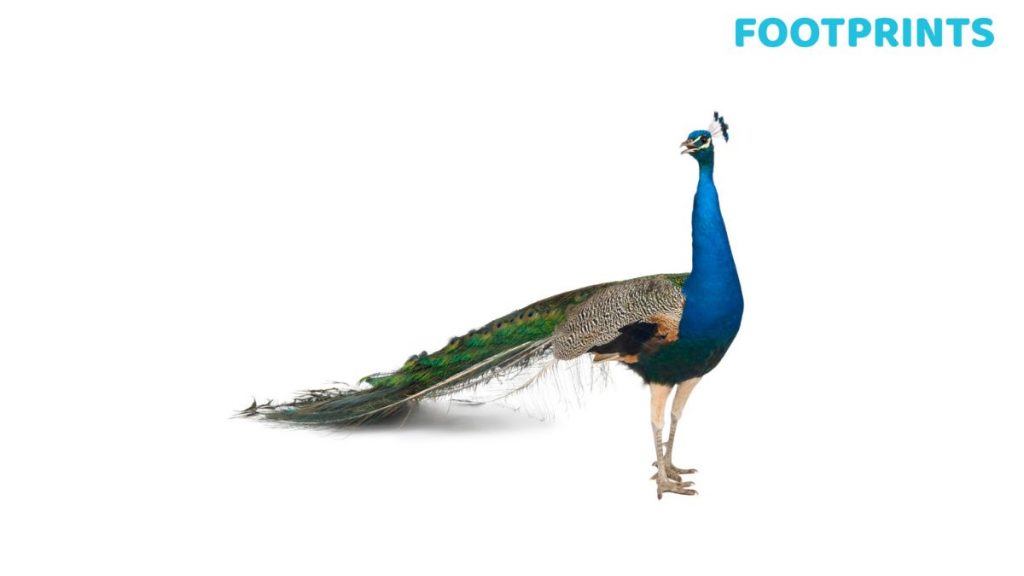
7. National Currency
The Indian currency is called the Indian Rupee (INR). One Rupee consists of 100 Paise. The symbol of the Indian Rupee is ₹. The design resembles both the Devanagari letter “₹” (ra) and the Latin capital letter “R”.
8. National Fruit
Mango is the national fruit of India. Also known as the king of fruits, it holds a special place in everyone’s heart and offers gastronomical delight.
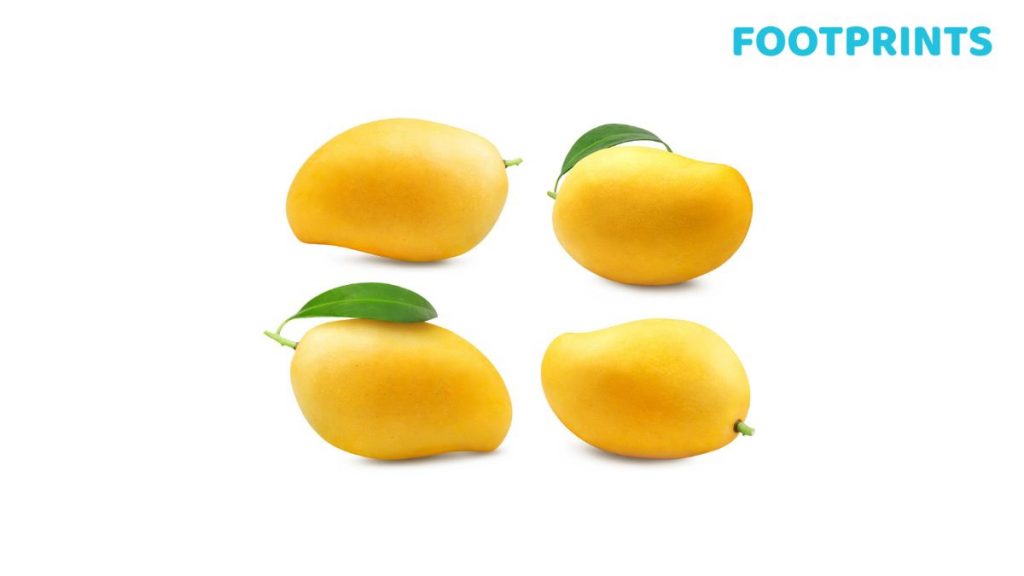
9. National Tree
“Banyan” or Ficus Benghalensis, is the national tree of India. Fittingly so, as with its widespread branches it is a real representation of the eternal life and unity of India.
10. National Flower
The lotus, also called as water lily, is a national flower of India. It stands for purity. It is also a mythical flower and finds extensive mention in our scriptures.
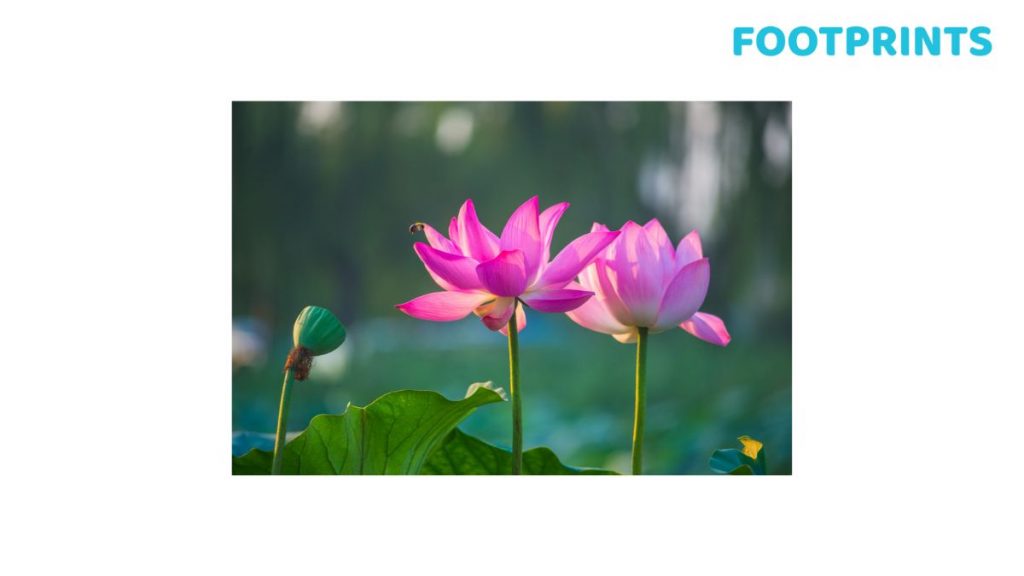
To Sum Up
While the above are a few of our national symbols, it will help to remember that there are 10 in all. It will be a good idea to introduce little children to all the National symbols, one by one. Wherever possible, they should be told of their significance in an age-appropriate manner. It would be best if children could be shown these symbols so that they could build familiarity and develop a sense of pride in our culture and heritage. Early steps can go a long way in the children understanding their importance and also giving them the respect they deserve. For instance, the child needs to be introduced to the National Anthem and taught that they need to stand up for it as a mark of their respect. Similarly, the child needs to be introduced to the National flag early and told of its significance. Early discussion on the National Emblem, especially the words Satyamev Jayate, will inspire the child to live a life of truth. Seemingly small steps such as these will have the child grow up taking great pride in our Nation and the values that it stands for.
At Footprints, a chain of preschool and daycare that parents rely on, we follow a scientifically developed curriculum that aids in the holistic development of children. In addition, we ensure that they grow up as informed citizens of the country and the world.
Here’s to raising learners for life!
Aditya brings over ten years of expertise as a Senior Marketing Strategist. He’s an expert at developing captivating marketing tactics that regularly provide excellent outcomes. His innovative strategies have demonstrated a track record of increasing organizational reach and engagement, showcasing his extensive knowledge of the contemporary marketing landscape.


